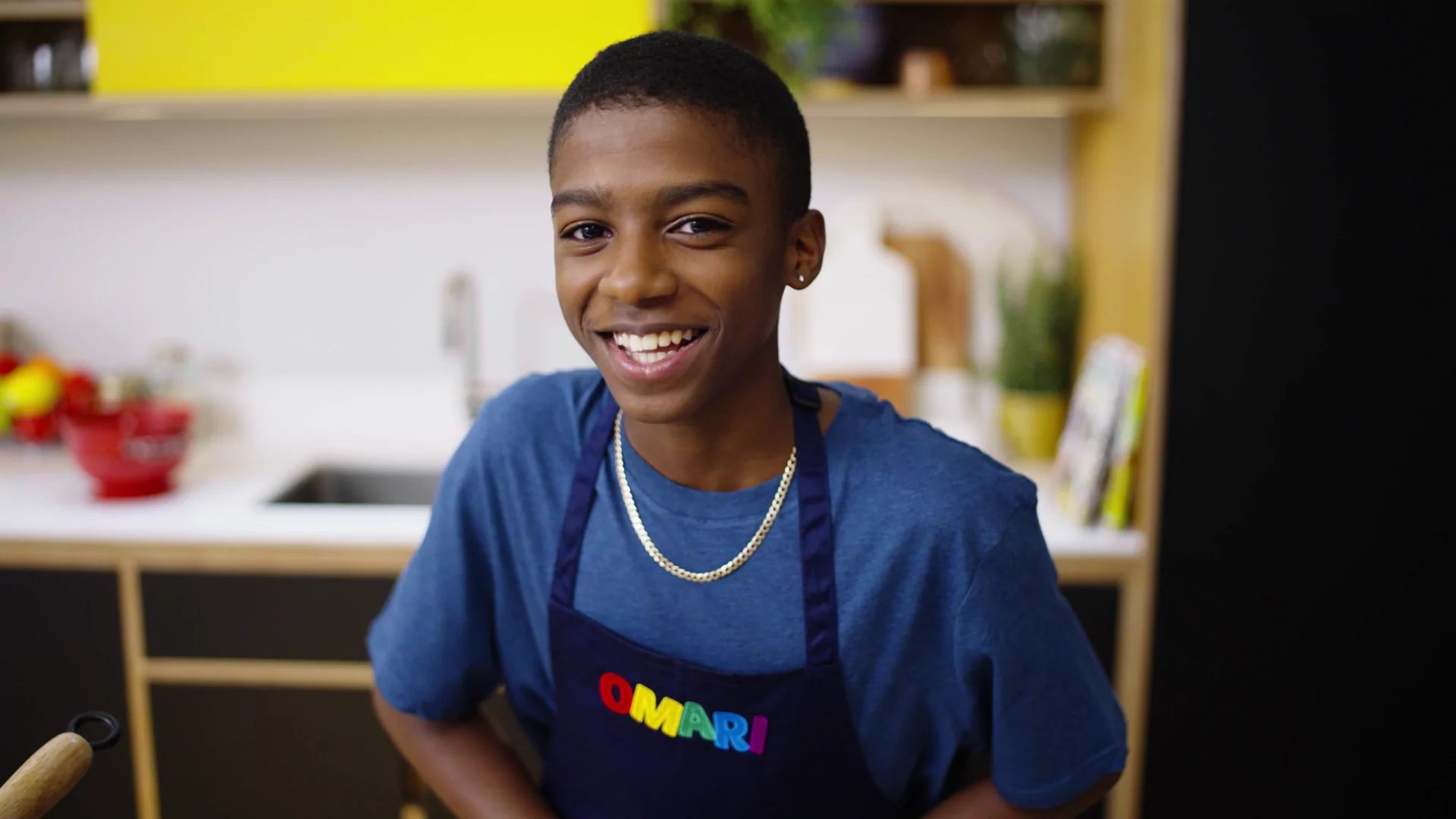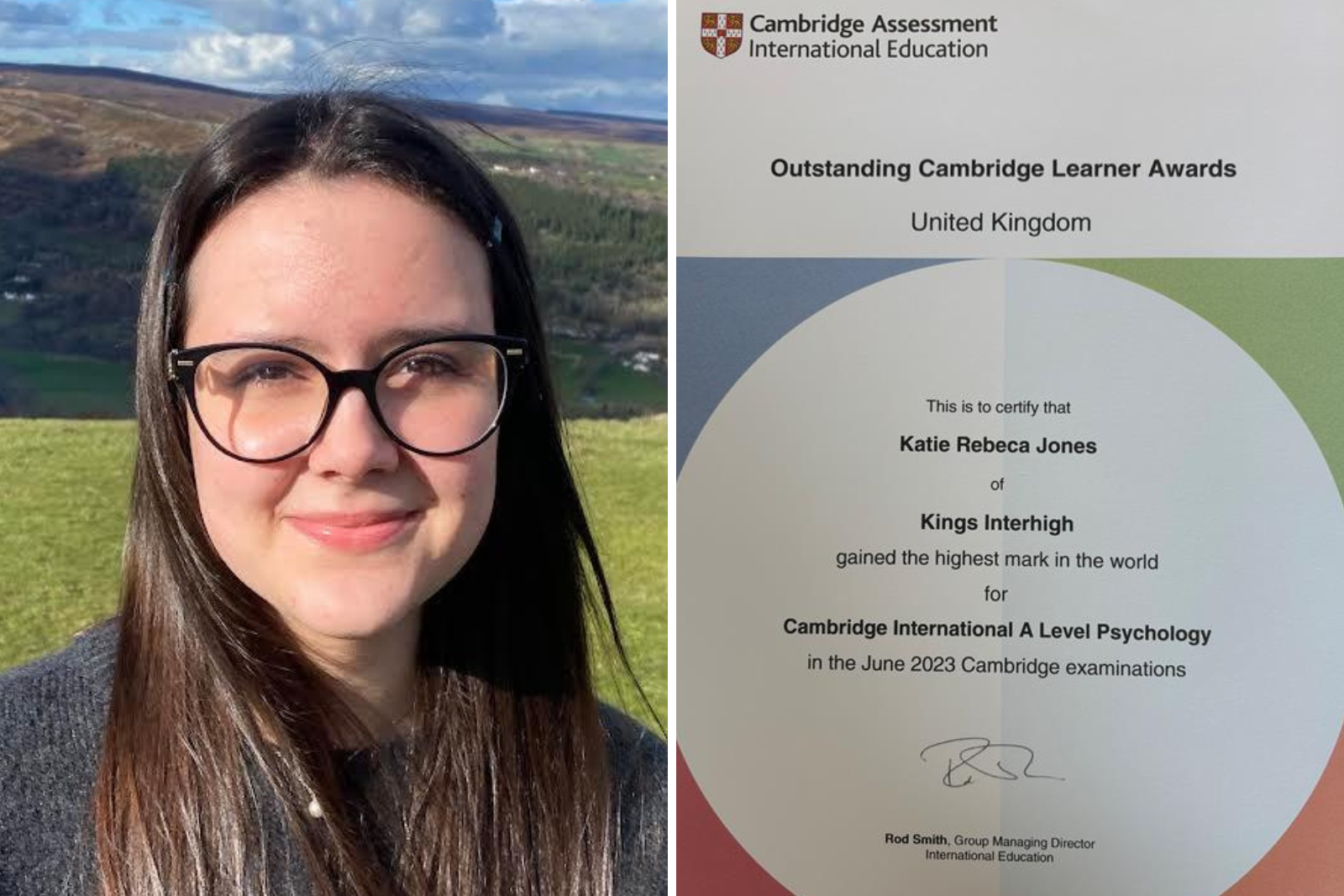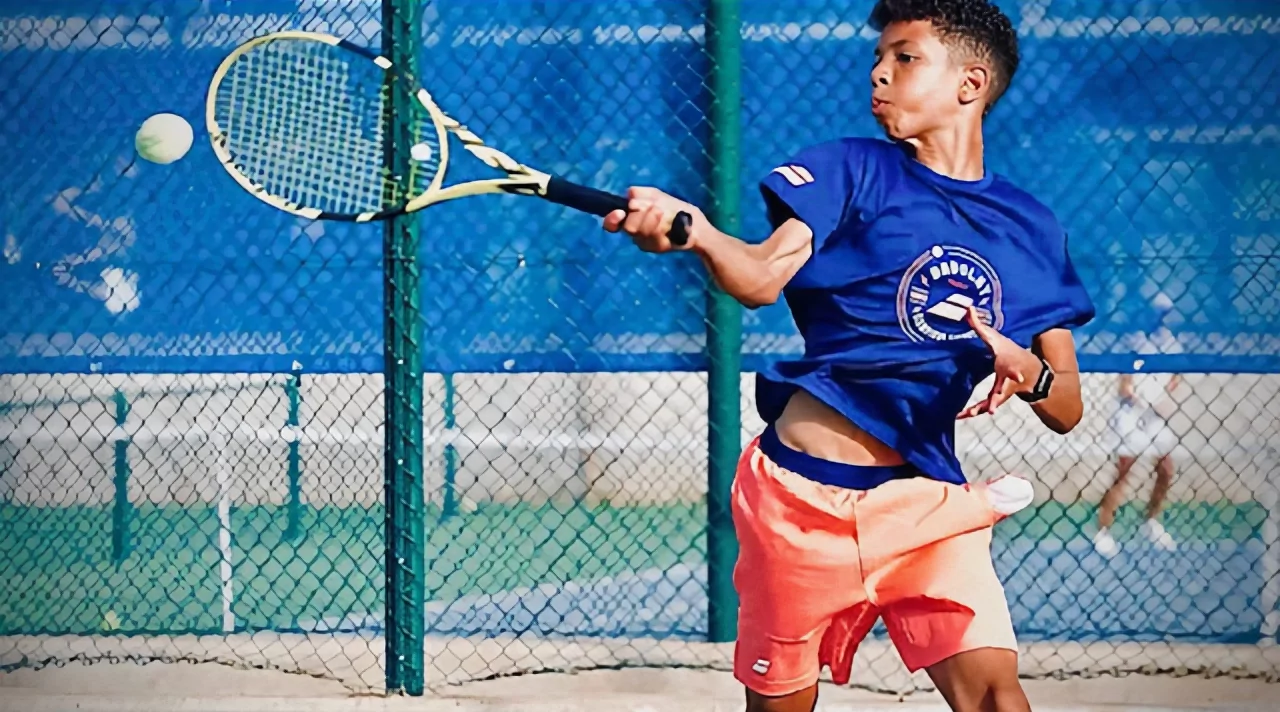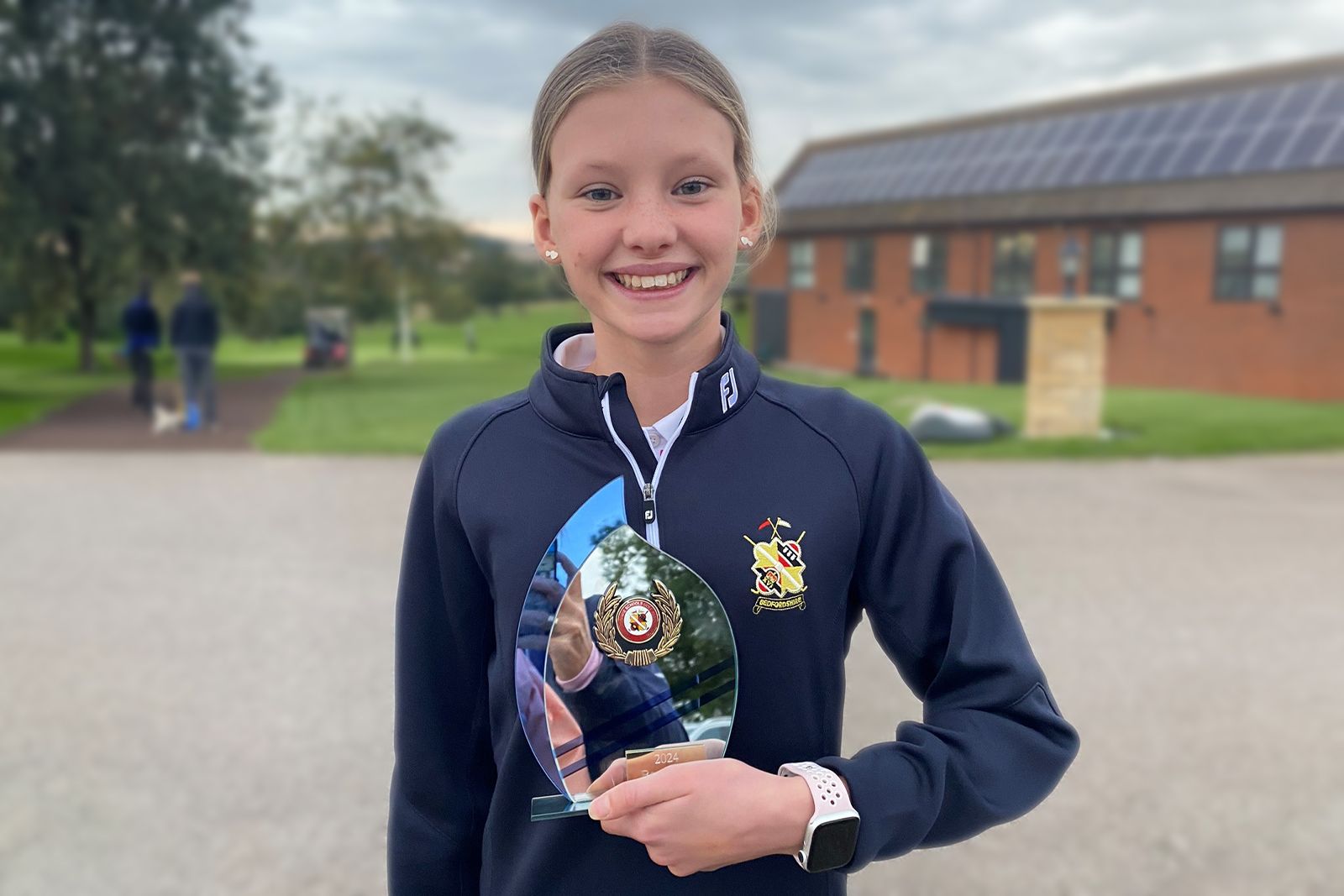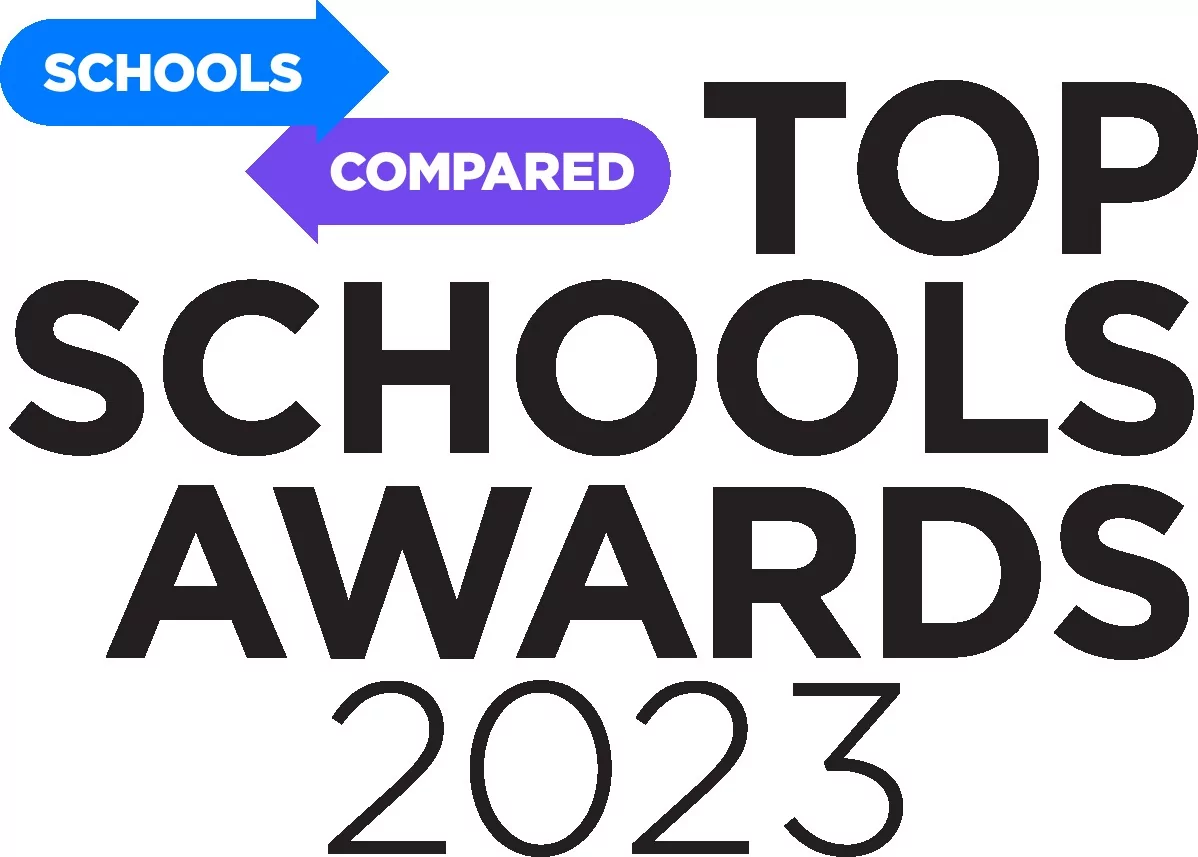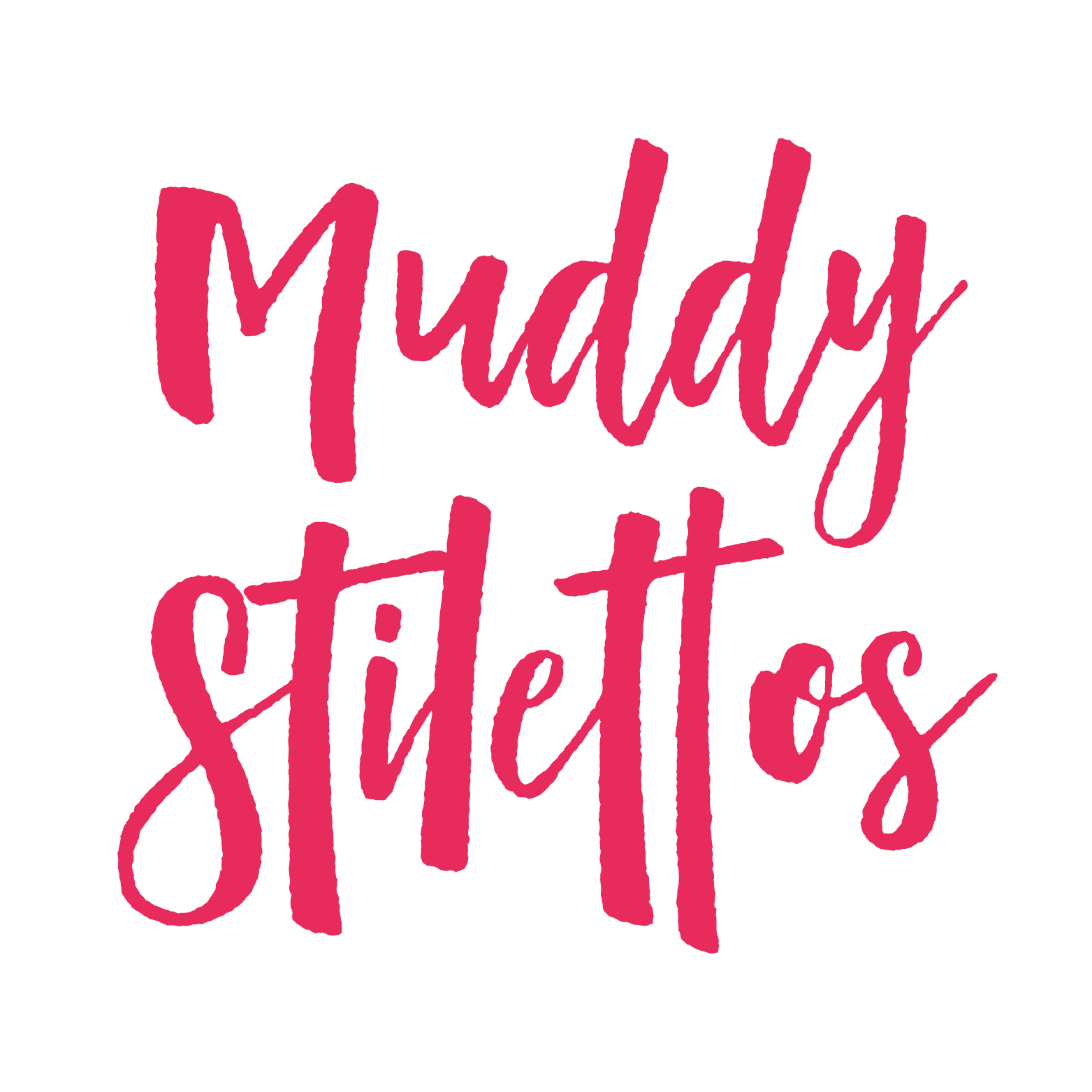
Article October 6, 2022
Enhancing online learning with virtual reality: Meet Nathan O’Grady
Nathan O’Grady, VR, AR and E-Sports Lead at King’s InterHigh, is spearheading the use of virtual reality to enhance our learning. Virtual reality, also known as VR, helps bring our students profound educational experiences from the comforts of their desks by recreating science labs, historical locations, and more. On top of that, Nathan is encouraging participation and fostering community spirit among our learners with our school’s very first e-sports team.
Nathan spoke to us about driving school innovation with technology, and what the future may have in store. As he shows us, educational technology such as VR is no gimmick. Instead, it’s a valuable tool that helps teachers bring learning to life and helps students fulfil their learning objectives.
Nathan was six when his dad, an IT technician, taught him how to build computers. After studying Geography at university, he became an IT technician himself and got a job at a local college. It was there that Nathan became curious about teaching, but his interest went one step further: how could technology be used to push education forwards?
Nathan went on to become a teacher of Humanities, and later Computer Science, before joining King’s InterHigh — a perfect fit thanks to our shared drive for innovation. Alongside one of his colleagues, Nathan soon began exploring his curiosity around using technologies in education.
One of those technologies was VR: the latest educational innovation at King’s InterHigh.
Thanks to the extensive research, testing, and curation of Nathan and his team, King’s InterHigh is now delivering the International Baccalaureate Diploma Programme (IBDP) using virtual reality for the first time — and that’s not where the innovation stops.
“We’ve got VR playgrounds for younger students, and we’re looking at how to connect groups of schools around the world, and bring students together,” Nathan tells us.
Enhancing learning
For Nathan, VR in education isn’t just about engagement. It’s also about facilitating learning activities online and enhancing them beyond what’s ordinarily possible.
Online schools don’t have physical facilities like science labs, for example. While teachers at King’s InterHigh have long led students through various STEM projects they can tackle at home, how can they participate in more complex laboratory experiences?
That’s where a solution like virtual reality comes in. With VR, students can take part in science experiments throughout the year without having to go to a lab, visit a museum without leaving their desk, and much more. It doesn’t matter where students are in the world; they can access these experiences from any place, at any time.
And what about enhancement — how can VR make lessons better than they are in other physical or online schools? It all comes down to creating educational experiences that have never been possible before.
Why watch a video of a volcano erupting, for example, when you can stand inside it and see its inner workings? Why read about an underwater reef when you can look around at its flora and fauna yourself, all with the power of a VR headset? Nathan says that virtual reality “adds value to something that’s beyond what’s ever been possible before.”
As an example, Nathan’s research shares a “profound experience” one student had while exploring a VR recreation of the annex where Anne Frank hid during the Second World War. The annex featured narrative commentary using passages from her diary and other sound effects as pupils walked around the space.
The King’s InterHigh students who tested the experience hadn’t learned much about Anne Frank before delving in. When they took off their headsets, however, a fountain of knowledge and understanding remained with them. The students even described the annex as being “claustrophobic,” proving that virtual reality can deliver a true sensory experience without the need for travel.
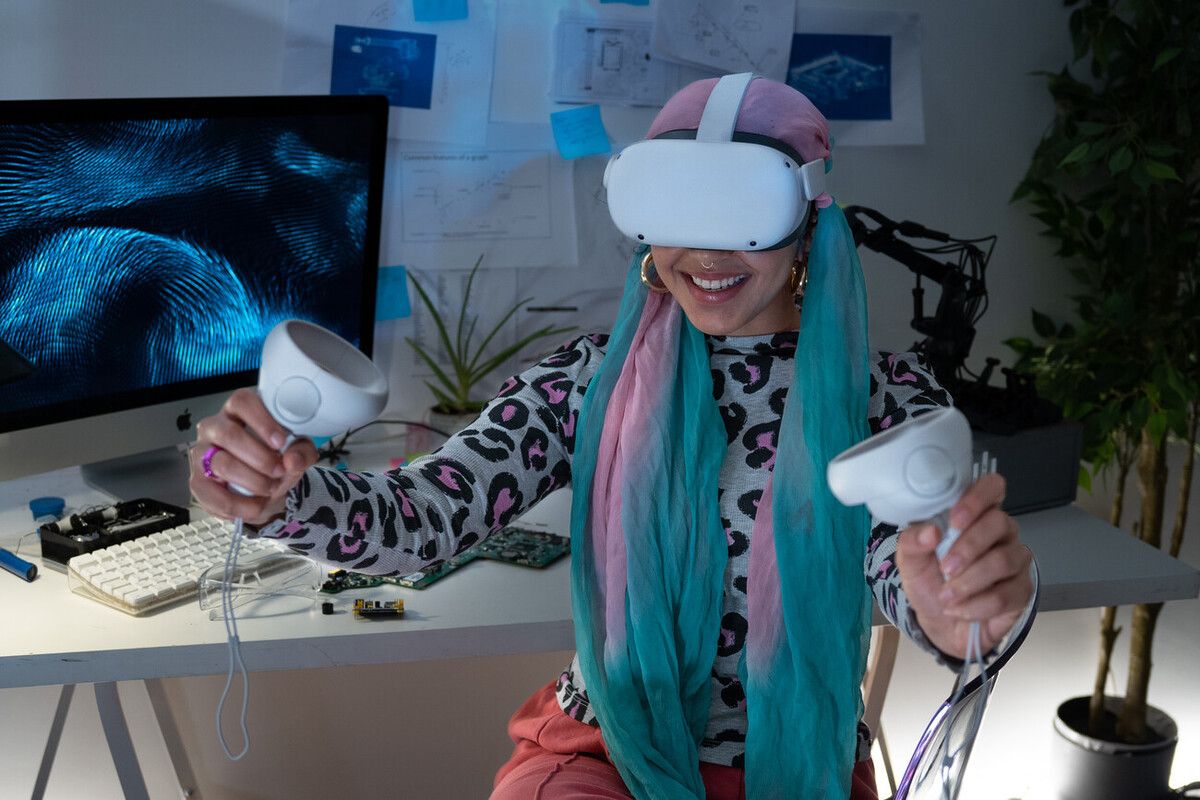
Alongside history, Nathan and his team have tested virtual reality experiences across English, maths, sciences, and humanities, with remarkable proven effects on understanding and mastery.
While virtual reality is just one of our many teaching tools and won’t be used in every lesson, it gives learning an immense boost when used correctly. In a maths lesson, for example, students who previously found geometry challenging were able to better understand three-dimensional shapes when interacting with them in a VR space.
Nathan says this research was a point of realisation for teachers at King’s InterHigh, an an exciting development for students: learning through VR wasn’t just engaging, it was valuable too. “They could feel things and they could experience them in a way they never had before in learning. That gave us a lot of confidence,” says Nathan.
Any skepticism teachers have about VR is soon put to ease. “Once you put a headset on a teacher, it can dramatically change their perspective,” Nathan told us, explaining how one of our law and politics teachers was pleased to learn that they could stage debates in parliament and court through a virtual reality environment. In Nathan’s experience, teachers always come away with new ideas on how to deliver lessons.
Nathan’s teaching experience also helps him “be the bridge” between classrooms and technology. He understands what teachers need academically from VR, so he can ensure that the technology helps to meet those learning goals.
Competitive community
While Nathan’s dad help stir his early interest in technology, his passion for VR comes from playing video games. Owning a Game Boy Colour and PlayStation during his childhood, Nathan later worked part-time as a playtester and reviewer for a video games company during university.
Later, he was invited to review the Oculus Rift, one of the first consumer VR headsets created. “At the time, I didn’t realise I’d be using VR for more than entertainment,” he says, adding, “It was nice to come to a school where innovation is important and encouraged.”
Another more recent interest that stems from Nathan’s background is e-sports: competitive video gaming. Impressed by the football-themed video game Rocket League, Nathan began thinking of ways to work competitive e-sports into education. He soon discovered the British Esports Federation, which runs school e-sports competitions — including a Rocket League tournament.
With teaching at King’s InterHigh taking place online, our school doesn’t have a physical sports team. E-sports, however, presents another way to get our community participating together. Students can play with devices they own at no extra cost, developing teamworking and problem-solving skills along the way.
“We’ve put together an official school e-sports team to compete against other schools in the UK, and we have plans to launch a pilot competition where students around the world can take part,” Nathan explains. “The hope is to create a global competition for Inspired schools where all students, no matter where they are, can compete and have this sense of community.”
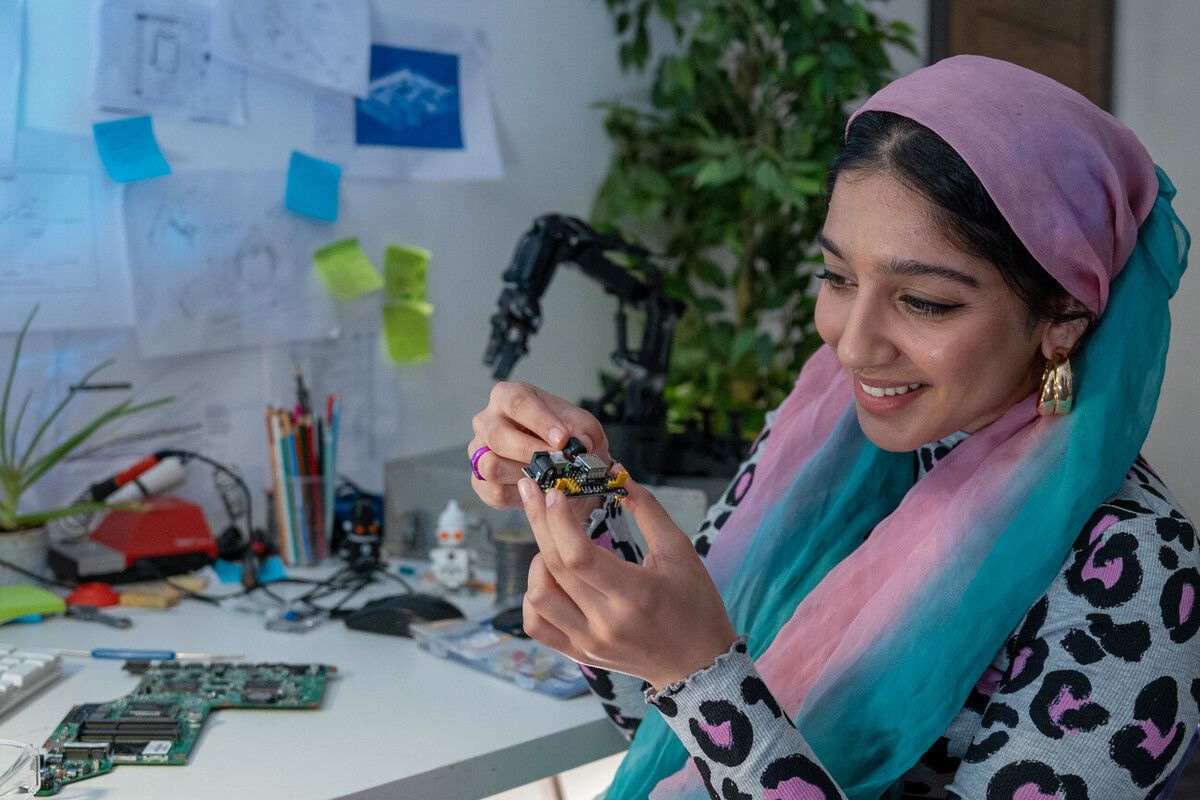
Talking innovation
So, what does innovation mean to Nathan? “Driving things forwards with a purpose,” he tells us. For King’s InterHigh, that means propelling education to new heights. Virtual reality can engage students more deeply, enable more online learning experiences, and enhance that knowledge and understanding. If it helps the teacher, helps the student, and has a purpose, those are the most important factors.
As for the future, Nathan looks forward to the day where things look as clear in VR as they do on our television screens. Getting all the senses involved would be a real milestone, too — although he admits this is a bold vision rather than a prediction. Nevertheless, he says VR will have completely nailed its potential when he can feel, hear, and smell what’s around him.
For anyone looking to bring more VR into their education, convincing others is the hardest part. “It usually starts with a conversation, which isn’t the easiest way to sell this technology,” explains Nathan. He says the best thing to do is put a headset directly on the head of the person who needs convincing. It’s one thing to describe what someone will see. Getting to experience virtual reality for themselves (even for just 10 minutes) is far more persuasive. Nathan explains, “Once the environment is in front of you, and you can see the scale and you can hear it and you can feel it, It’s a whole different experience. From there, I think the technology proves itself.”
Another challenge is getting educators familiar enough with the tools to start creating learning experiences for themselves. There’s an art to it, and it does take time to master, but Nathan says the buy-in for virtual reality at King’s InterHigh has been huge. Thankfully, he’s always on hand to help our teachers as we roll out VR education at a controlled, consistent pace.
“In the long run, I think this is going to be something that grows and grows,” he says. For now, he enjoys helping people don a VR headset for the first time and discover the potential it has to offer. “You don’t need to do any more than that,” says Nathan; “They see the value. They look at some of the lessons that have been created, they walk around the space, they see that manifest in front of them, and they go ‘Okay, I get it.’”




